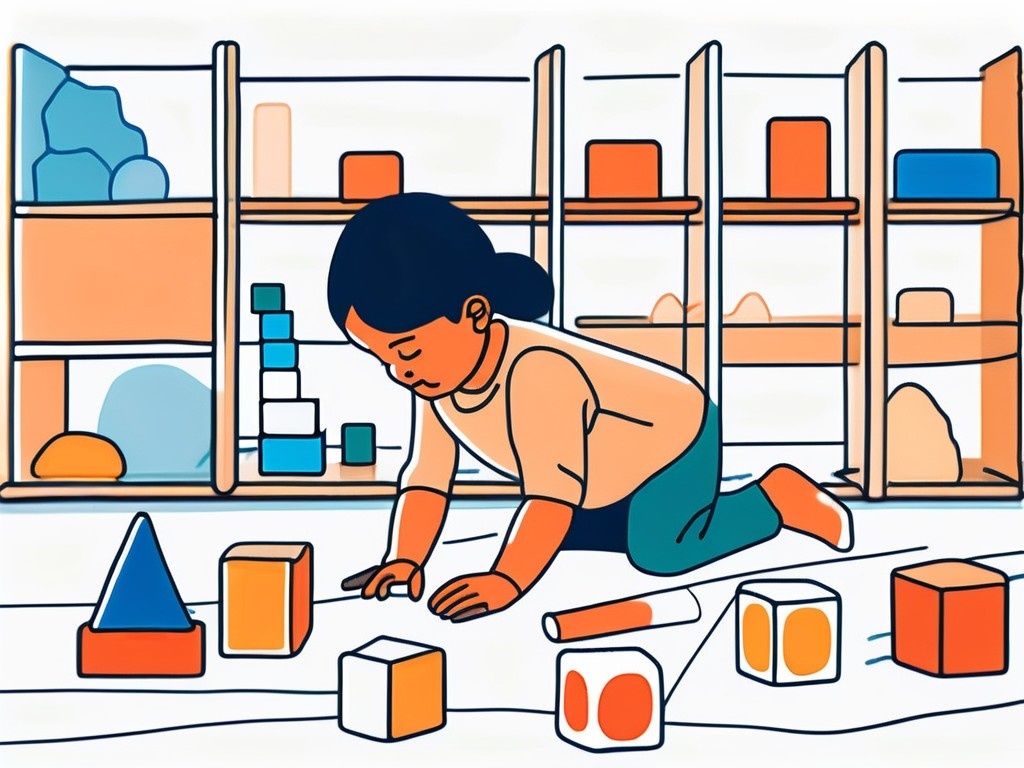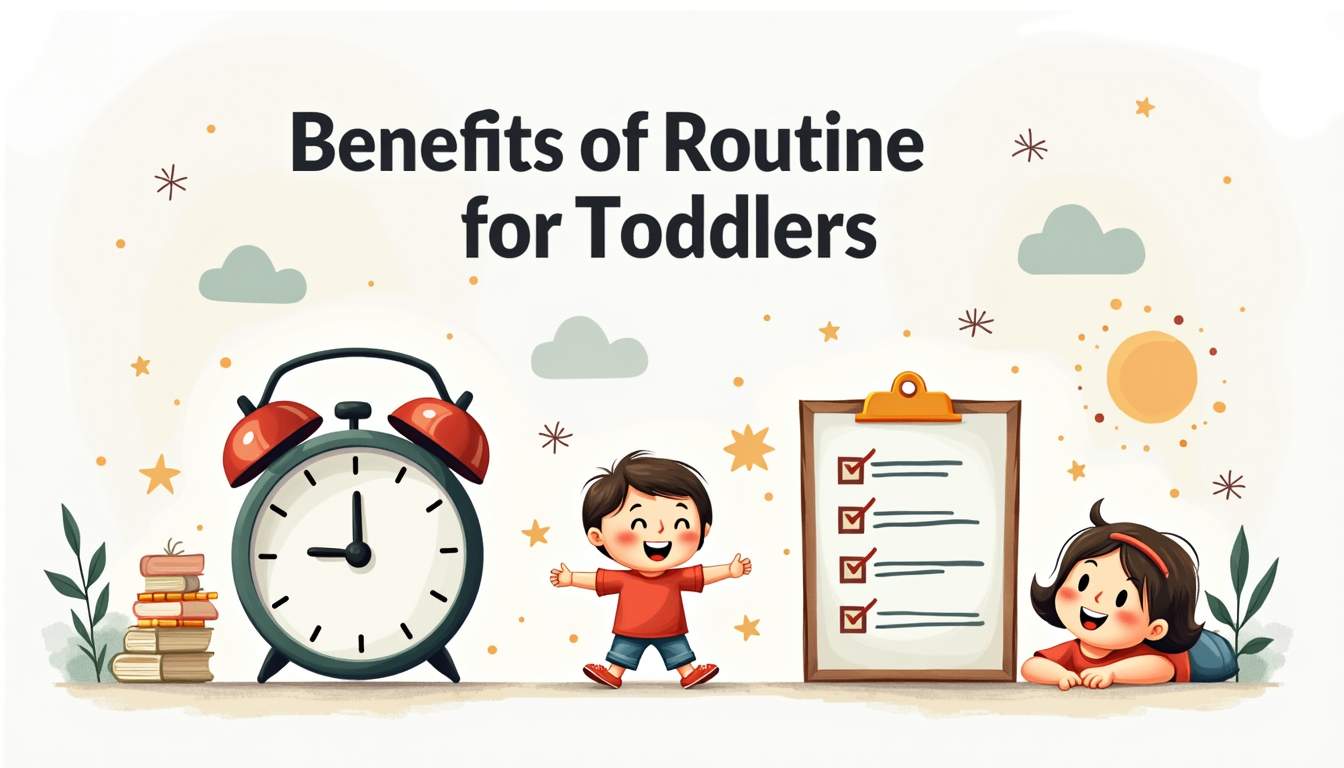Toddlers are at a crucial stage of development, where their minds are like sponges, absorbing information at an astonishing rate. As parents and caregivers, we are constantly seeking the best learning method to nurture their growth and maximize their potential. In this article, we will explore different approaches that have proven effective in promoting learning and development in toddlers.
Understanding Toddler Development
Before delving into specific learning methods, it is important to understand the different aspects of toddler development. These include cognitive development, emotional development, and social development. Let’s take a closer look at each of these areas:
Understanding toddler development is a multifaceted journey that involves various aspects of a child’s growth and learning. Cognitive development in toddlers encompasses the way they process information, solve problems, and learn new concepts. It is fascinating to observe how toddlers begin to make connections between different objects and events, laying the foundation for more complex thinking in the future.
Cognitive Development in Toddlers
During the toddler years, children’s cognitive abilities undergo significant growth. They begin to understand cause and effect, develop problem-solving skills, and start to grasp the concept of numbers and letters. Stimulating their cognitive development through age-appropriate activities is essential for their learning journey.
Emotional and social development in toddlers play a crucial role in shaping their overall well-being and interactions with the world around them. As toddlers navigate through a range of emotions, from joy and excitement to frustration and anger, they learn to express themselves and regulate their feelings. Encouraging emotional intelligence in toddlers helps them build resilience and cope with various situations they encounter.
Emotional and Social Development in Toddlers
Toddlers also experience tremendous emotional and social growth. They start to recognize and express their own emotions, while also learning to understand the feelings of others. Building positive relationships, developing empathy, and fostering social skills are vital aspects of their overall development.
The Importance of Play in Learning
Play is more than just a fun activity for toddlers; it is a powerful tool for learning and development. Research has shown that play enhances cognitive, physical, and emotional skills in young children. By integrating learning into play, we can create an enriching environment that supports their educational journey.
Furthermore, play is not limited to just toddlers; it remains an essential component of learning throughout childhood and even into adulthood. Play allows individuals to explore new ideas, experiment with different scenarios, and develop critical thinking skills. It fosters a sense of curiosity and creativity that is invaluable in navigating the complexities of the world.
Types of Play and Their Benefits
There are various types of play that toddlers engage in, and each offers unique benefits. Physical play, such as running and jumping, contributes to their motor skill development. Pretend play helps foster imagination and creativity, while constructive play, like building with blocks, enhances problem-solving abilities. Understanding these play types allows us to tailor activities to their specific needs.
As children grow, the types of play they engage in may evolve, but the benefits remain significant. Cooperative play, where children work together towards a common goal, teaches valuable social skills such as communication and teamwork. Competitive play can instill a sense of sportsmanship and resilience in the face of challenges.
Incorporating Learning into Play
Harnessing the power of play to promote learning involves intentional guidance and stimulation. For example, providing open-ended toys that encourage exploration and problem-solving, or using games that teach colors and shapes, can enhance their cognitive abilities. By infusing educational concepts into playtime, we can create a fun and educational environment for toddlers.
Moreover, incorporating technology into play can offer new opportunities for learning. Educational apps and games can engage children in interactive ways, teaching them valuable skills while they have fun. By leveraging the benefits of digital play, we can adapt to the changing landscape of education and provide children with diverse learning experiences.
Montessori Method for Toddlers
The Montessori method is an educational approach that focuses on independence, hands-on learning, and respect for the child’s natural development. It is a widely acclaimed approach that has been successful in nurturing young minds. Let’s explore the principles of Montessori learning and how they can be applied at home.

The Montessori method was developed by Dr. Maria Montessori, an Italian physician and educator, in the early 20th century. Dr. Montessori believed that children are naturally curious and capable of directing their own learning. She designed the Montessori approach to provide children with a supportive environment that allows them to explore and discover the world around them at their own pace.
Principles of Montessori Learning
In the Montessori method, children are encouraged to learn at their own pace, with the environment carefully prepared to foster independence. The approach emphasizes the use of didactic materials, which are designed to facilitate learning through sensory experiences. Respect for the child’s individuality and freedom of choice are key tenets of this approach.
One of the fundamental principles of Montessori learning is the concept of “normalized” behavior, where children develop self-discipline, concentration, and a love for learning through their work with the materials. The Montessori classroom is designed to promote this sense of order and concentration, allowing children to engage in deep, focused learning experiences.
Applying Montessori Techniques at Home
While Montessori schools provide an ideal environment for learning, it is possible to incorporate Montessori principles into the home setting. Creating accessible and organized spaces, allowing children to participate in everyday tasks, and offering open-ended learning materials are some ways to implement the Montessori approach at home. By adopting these practices, parents can support their child’s learning in a Montessori-inspired manner.
Bringing Montessori principles into the home can create a nurturing and stimulating environment for toddlers to thrive. By providing opportunities for independence, hands-on learning, and respect for their natural development, parents can help their children build a strong foundation for future academic and personal success. Embracing the Montessori method at home can foster a love for learning and a sense of empowerment in young children, setting them on a path towards becoming confident, self-directed learners.
Reggio Emilia Approach for Toddlers
The Reggio Emilia approach is an educational philosophy that originated in Italy and is known for its emphasis on child-led learning, creative expression, and collaboration. This approach recognizes the importance of the environment in shaping a child’s learning experience. Let’s explore the key elements of the Reggio Emilia approach and its benefits for toddlers.

The Reggio Emilia approach is deeply rooted in the belief that children are capable, curious, and full of potential. It values the unique perspectives and ideas that each child brings to the learning process. In Reggio-inspired classrooms, you will often find natural materials such as wood, stones, and plants, as well as mirrors, light tables, and other open-ended materials that invite exploration and creativity.
Key Elements of the Reggio Emilia Approach
The Reggio Emilia approach is distinguished by its belief in the child’s innate curiosity and ability to direct their own learning. The approach promotes the use of open-ended materials, project-based learning, and documentation to track and showcase children’s progress. It also emphasizes the role of collaboration between children, teachers, and families in creating a strong learning community.
Teachers in Reggio Emilia-inspired settings act as facilitators and co-learners, guiding children’s inquiries and investigations while valuing their ideas and contributions. Projects in these classrooms can span days, weeks, or even months, allowing children to delve deeply into topics that interest them and develop a deep understanding of the world around them.
Benefits of the Reggio Emilia Approach
The Reggio Emilia approach encourages creativity, critical thinking, and problem-solving skills in toddlers. By providing ample opportunities for self-expression and exploration, it fosters a love for learning and a strong sense of community. The emphasis on collaboration and communication helps children develop strong social skills and an appreciation for diverse perspectives.
Through the Reggio Emilia approach, toddlers learn to express themselves through various forms of art, such as painting, sculpting, and dramatic play. They also develop a sense of agency and independence as they make choices about their learning and engage in meaningful projects that reflect their interests and ideas. This approach not only prepares children for academic success but also nurtures their social-emotional development and instills a lifelong love of learning.
Waldorf Education for Toddlers
The Waldorf education approach, developed by Rudolf Steiner, focuses on nurturing the whole child – mind, body, and spirit. It emphasizes a balanced and holistic approach to learning that takes into account the developmental needs of the child. Let’s delve into the principles of Waldorf education and how they can be implemented in the toddler years.

Understanding Waldorf Education
Waldorf education places a strong emphasis on imaginative play, nature exploration, and artistic expression. The approach recognizes the importance of rhythm and routine in a child’s daily life and promotes a screen-free environment for young children. The goal is to provide a nurturing and harmonious learning experience that supports the child’s overall development.
Implementing Waldorf Principles at Home
While Waldorf schools offer a comprehensive Waldorf curriculum, parents can incorporate Waldorf principles into their home environment. This includes creating a calm and soothing atmosphere, engaging in imaginative and artistic activities, and providing ample opportunities for outdoor exploration. By embracing these principles, parents can create an environment that nurtures their child’s holistic development.
In conclusion, the best learning method for toddlers involves understanding their development, incorporating play, and adopting educational approaches that align with their unique needs. Whether it’s through Montessori, the Reggio Emilia approach, or Waldorf education, each method offers valuable insights into supporting a child’s growth and cultivating a love for learning. By harnessing the power of these methods, we can set toddlers on a path of lifelong learning and success.











